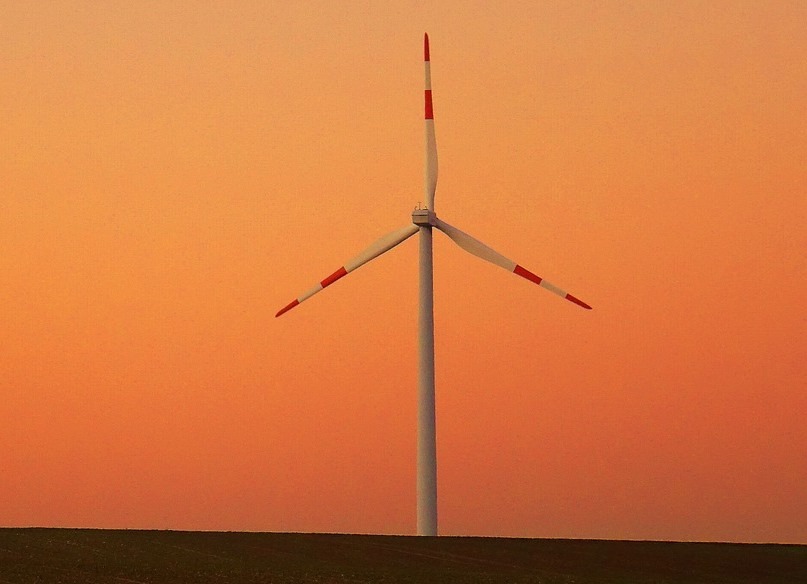A new project has been launched by Norway-based certification body DNV GL for research on erosion of wind turbine blades.

Image: DNV GL launches new project to study wind turbine blade erosion. Photo: Courtesy of Mylene1971/Pixabay.
The project from DNV GL will be partnered by ten industry players including Vestas, Siemens Gamesa Renewable Energy, LM Wind Power, Ørsted, Mankeweicz, Akzonobel, Aerox-CEU, Polytech, Hempel and PPG.
The comprehensive methodology for Blade Rain erosion Analysis (COBRA) will investigate the damage caused to leading edge wind turbine blades from high-speed impact of foreign objects such as raindrops.
The study will also focus on identifying ways to develop better protection systems, as rain erosion can significantly damage unprotected wind turbine blades.
Though the damage caused does not often impact the structural integrity of a blade, but it can influence energy generation over the life of a turbine because of the degraded aerodynamic performance of the blades.
DNV GL and its partners will analyse the effect that rain erosion damage can have on the blades of operating wind turbines.
The outcome of the joint industry project, which will be published next July, will be a recommended practice for designing a protection system against rain erosion.
Siemens Gamesa Renewable Energy blade materials, offshore technology head Steffen Laustsen said: “With the trend of building larger machines continuing, greater research is required to provide more protection for wind turbine blades against rain erosion.
“The high blade tip velocities associated with large blades makes the impact of rain especially demanding. We look forward to collaborating with the Joint Industry Project partners across all industries to improve the quality and durability of future blade designs.”
The technical topics to be addressed by the joint industry project include identify and define relevant material properties for a protection system; develop and methodology to handle and derive design loads from rain data; and develop a model to conduct raindrop impact analysis.
The study will also aim at developing a design methodology for leading edge protection systems.
